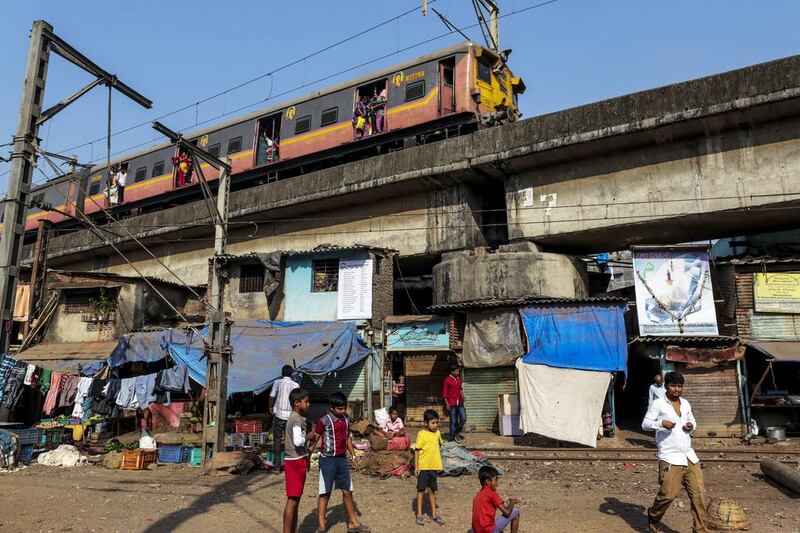The Indian government announced this week that the railway network must become "the prime mover of the economy once again" and that it would invest 8 trillion rupees (Dh476bn) in the decrepit system over the next five years. Both of these were bold, declarative statements and they featured in the annual railway budget, a document that somewhat captures the status of the railways in India. It is both a relic of the British Raj as well as an indication of the network's importance to India and therefore, the only one with a separate, independently presented budget.
The cash injection announced by Narendra Modi’s government could not have come at a more appropriate time. Mr Modi needs to drive investment – of money, innovative ideas and good management – in the railway network. Despite being the fourth-largest train system in the world and the largest employer in the country, the railways struggle to keep pace with passenger numbers and freight. Years of underinvestment have left the network slow and plagued by frequent accidents. And yet it manages a grand feat everyday. Consider these figures: about 23 million people travel on the trains every day; 19,000 trains transport more than 2 million tonnes of freight. But there is so much more to be done.
Over a quarter of the railways are running at over capacity and 50 per cent are nearing that state. This explains why funds are needed so desperately and for so many things – improving rolling stock, building new lines to underserved parts of the country, not least the north-eastern states, strengthening track and bridge infrastructure. There is also a dire need for technology upgrades such as electronic signalling. Efforts to create high-speed rail links between big cities are currently stalled. Each intercity link would cost an estimated 600 billion rupees but more than the money, getting buy-in – and land – from municipal authorities will take some doing. A railway budget is one thing. Reform is another. The prerequisite would have to be structural changes of all sorts, including perhaps a move to involve the private sector, even if only in a limited way.





